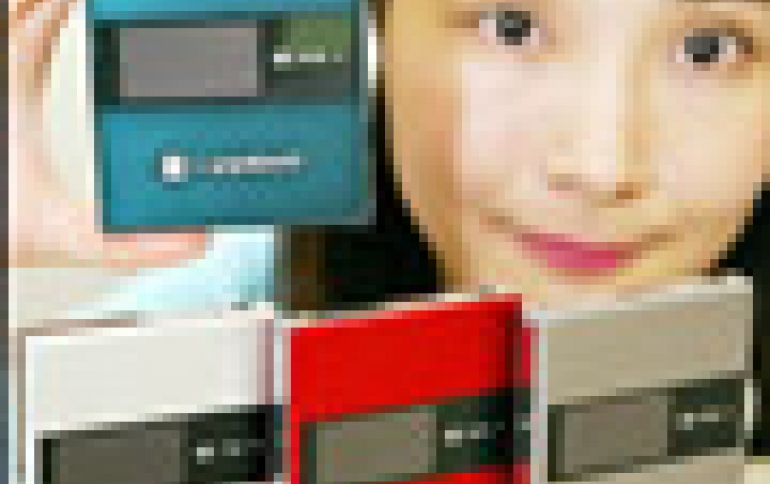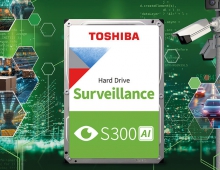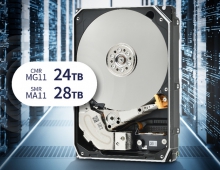
Toshiba's new LBA-NAND Flash Memory to Launch in Global Market
Toshiba today announced that it has brought logical block addressing
(LBA) to NAND Flash memory, and that it would launch LBA-NAND, a new line-up of high-capacity devices integrating the new addressing method.
LBA-NAND are designed for
use in mobile consumer products, such as digital audio players and personal media
players, and will support manufacturers in developing products that can take full
advantage of advances in NAND Flash memory capacity while minimizing development costs.
Toshiba will start to release samples of the new NAND Flash from August 2006.
NAND Flash memory currently uses the physical address access method that defines each physical page of a memory, from the chip to the block, to the page and down to the cell. Product manufacturers have to develop host side and driver specifications that can recognize and accommodate this physical addressing, and must bear the R&D costs for developing new product specifications and drivers to absorb advances in NAND Flash memory capacity.
The logical address access method of LBA assigns each cell a unique address that is not geometry dependent. The first cell is simply 0, and numbering continues to cover every cell. Memory increases can be accommodated by assigning a new address to each cell. This approach also allows block management, error correction (ECC process) and wear-leveling, all of which are conventionally controlled by the host side, to be handled on the memory side by the LBA-NAND controller. LBA-NAND are also compliant with the standard NAND Flash interface. As a result, LBA-NAND supports developers in minimizing development costs and improving time to market for new and upgraded products.
NAND Flash memory currently uses the physical address access method that defines each physical page of a memory, from the chip to the block, to the page and down to the cell. Product manufacturers have to develop host side and driver specifications that can recognize and accommodate this physical addressing, and must bear the R&D costs for developing new product specifications and drivers to absorb advances in NAND Flash memory capacity.
The logical address access method of LBA assigns each cell a unique address that is not geometry dependent. The first cell is simply 0, and numbering continues to cover every cell. Memory increases can be accommodated by assigning a new address to each cell. This approach also allows block management, error correction (ECC process) and wear-leveling, all of which are conventionally controlled by the host side, to be handled on the memory side by the LBA-NAND controller. LBA-NAND are also compliant with the standard NAND Flash interface. As a result, LBA-NAND supports developers in minimizing development costs and improving time to market for new and upgraded products.





















